Red and Black Spruce Shade Density
whaas_5a
9 years ago
Related Stories
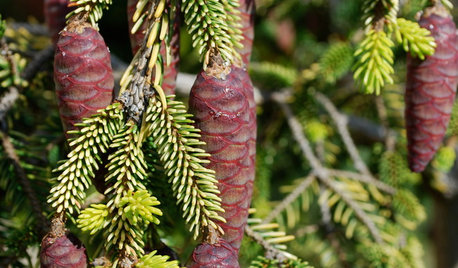
GARDENING GUIDESGreat Design Plant: Skylands Oriental Spruce, a Favorite Conifer
Brighten up a drab corner of your garden with Picea orientalis ‘Skylands’, a smaller spruce that a bird family might just call home
Full Story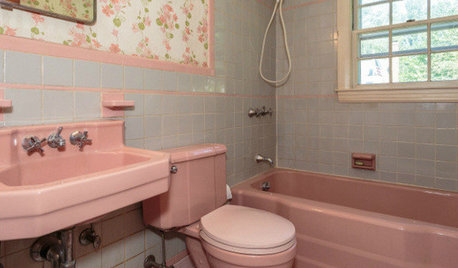
BATHROOM COLOR8 Ways to Spruce Up an Older Bathroom (Without Remodeling)
Mint tiles got you feeling blue? Don’t demolish — distract the eye by updating small details
Full Story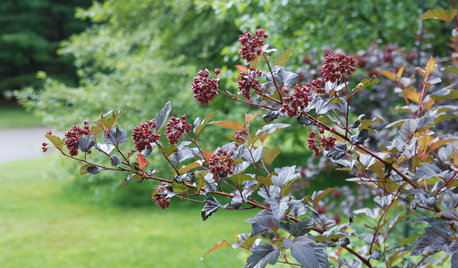
GARDENING GUIDES6 Branches and Berries to Spruce Up Holiday Decor
Bring garden cuttings in from the cold to warm up seasonal arrangements and decorate your home for the holidays
Full Story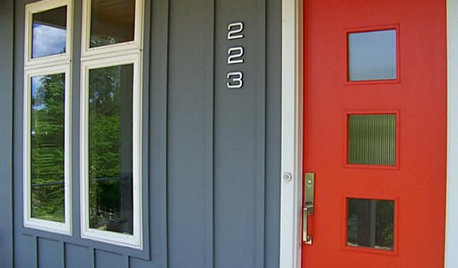
FRONT DOOR COLORSFront and Center Color: When to Paint Your Door Bright Red
Welcoming and intense, a red front door kicks up a home's entryway and is impossible to miss
Full Story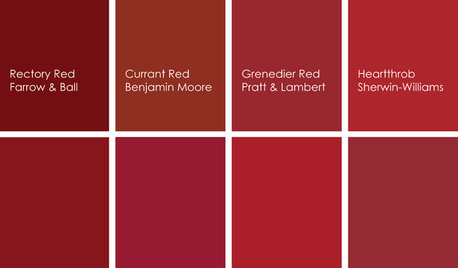
KITCHEN DESIGNCooking With Color: When to Use Red in the Kitchen
Candy Apple Red, Red Licorice and more for your kitchen walls, cabinets or island? The color choices are as delicious as they sound
Full Story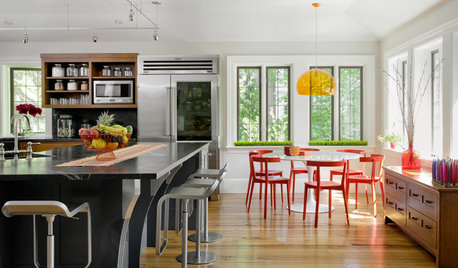
COLOR10 Reasons to Fall in Love With Red Dining Chairs
The sexy color sits surprisingly well with many kinds of tables: modern and rustic, indoor and out, high-end and low-budget
Full Story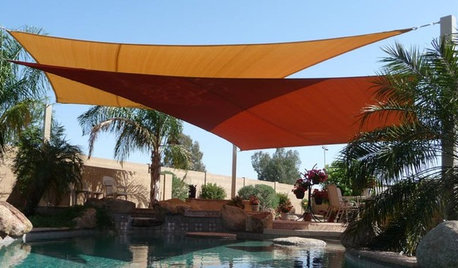
GARDENING AND LANDSCAPINGShade Sails: Outdoor Rooms Take Wing
Futuristic looking yet a terrific complement to both traditional and modern landscapes, shade sails lend a sculptural quality to patios
Full Story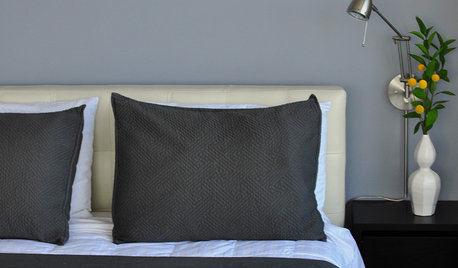
MOST POPULAR50 Shades of Gray
Gray is hotter than ever, thanks to a hit novel full of risks and dark secrets. Tell us: Which paint shade possesses you?
Full Story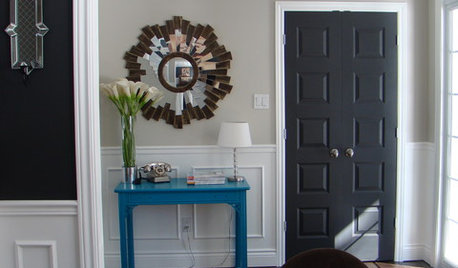
MOST POPULAR11 Reasons to Paint Your Interior Doors Black
Brush on some ebony paint and turn a dull doorway into a model of drop-dead sophistication
Full Story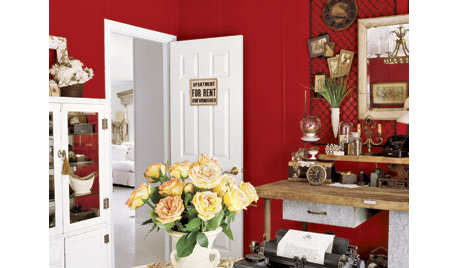
COLORPick Your Favorite From Our Paint Color Hall of Fame
Give your place a fresh look for holiday guests — and the new year — with one of these favorite room colors, from red to wasabi green
Full StoryMore Discussions










wisconsitom
gardener365
Related Professionals
Danbury Landscape Architects & Landscape Designers · Hershey Landscape Architects & Landscape Designers · Horsham Landscape Architects & Landscape Designers · Marina Landscape Architects & Landscape Designers · Maple Valley Landscape Contractors · Elkridge Landscape Contractors · Framingham Landscape Contractors · Gaithersburg Landscape Contractors · Las Vegas Landscape Contractors · Muttontown Landscape Contractors · New Baltimore Landscape Contractors · Oklahoma City Landscape Contractors · San Antonio Landscape Contractors · San Bruno Landscape Contractors · York Landscape Contractorswisconsitom
sc77 (6b MA)
whaas_5aOriginal Author
tsugajunkie z5 SE WI ♱